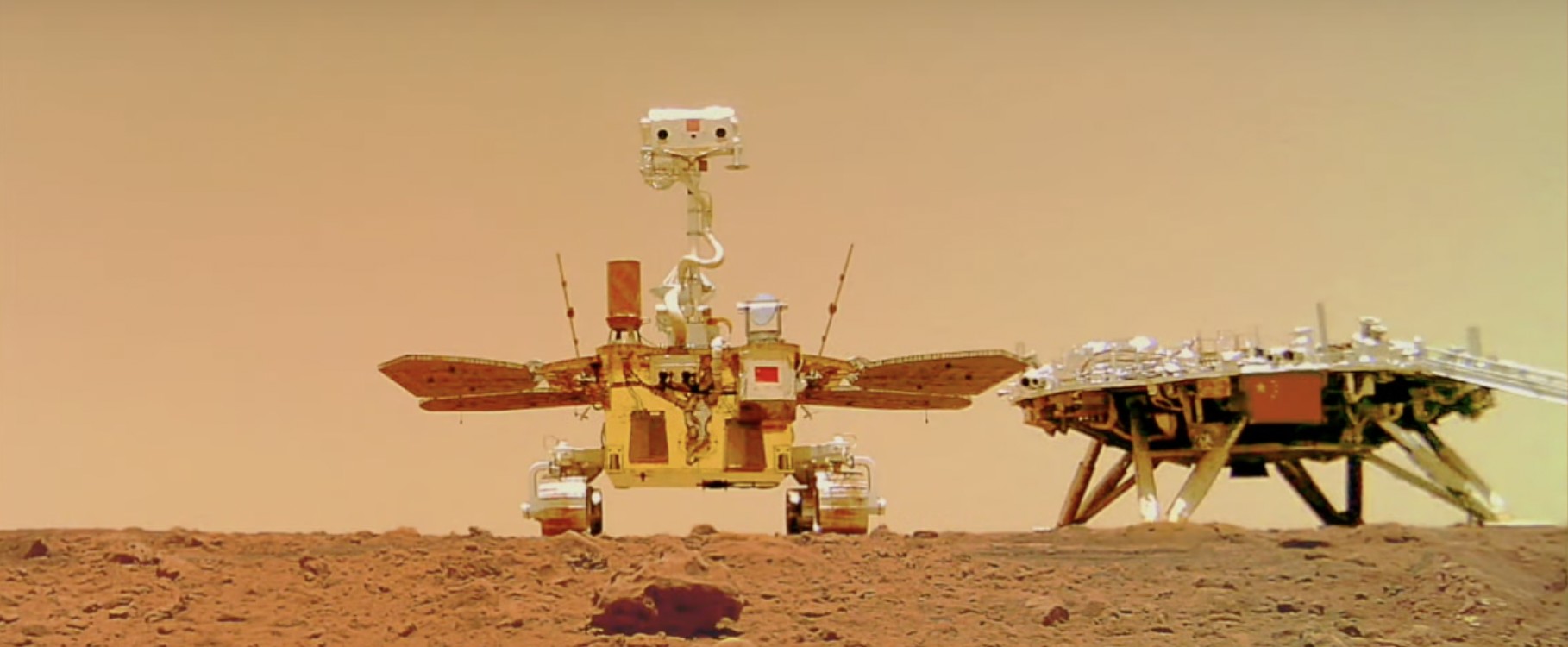As far as Mars missions are concerned, the year 2020 is shaping up to be an outstanding one for space exploration, and China is assuming the lead role with its ambitious plans. Space agencies will have a unique window of opportunity to launch missions with unparalleled ease during this time period since Mars will be in close proximity to Earth. Between the middle of July and the beginning of August, there are three missions planned that will attempt to solve the mysteries of the mysterious red planet.
In particular, China has been working tirelessly toward the achievement of its space goals and, in spite of initial failures, is resolute in its goal to imprint its name on the surface of Mars. Prior to the current endeavors, China suffered a setback when its first Mars orbiter mission, Yinghou-1, was unsuccessful in escaping Low Earth Orbit and ended up falling into the Pacific Ocean as a result. Nevertheless, this defeat did not prevent the nation from pursuing its goals and looking to the heavens.
The subsequent effort was made by China in 2016, when they released the Tianwen-1 mission into space. At the country’s extraterrestrial mission trial location in Huailai county, which is located in Hebei province in north China, the country carried out a mock mission in the month of November 2019, prior to carrying out the mission itself. China’s confidence in its ability to achieve its Martian goals was boosted as a result of the successful trial.
One of China’s long-term space goals is to create a continuous cislunar presence; however, if China is successful in its journey to Mars, the country will be immediately catapulted into the exclusive club of space-faring nations. China’s unshakable dedication to the exploration and development of human potential to journey into the regions of the red planet would be demonstrated by a successful landing on Mars.
The development of China’s space infrastructure is evidence of the country’s commitment to this industry. It comprises the illustrious BeiDou Satellite Constellation, a lunar presence capacity, an independent space station, and most recently, the Tianwen-1 Mars expedition. These parts don’t make up distinct entities; rather, they are an essential part of China’s overall space logistics infrastructure, which is quite extensive.
China’s goal with its Mars mission is to compete for global leadership in space by providing a credible space infrastructure that lends legitimacy and credibility to its Space Information Corridor. This will be accomplished through the execution of the Mars mission. If China is successful in landing a rover on Mars, its autonomous deep space capabilities will receive a big boost. The Mars lander needs to go through a number of automated activities in order to accomplish this goal. These tasks include the deployment of a heat shield, a parachute, and thrusters in order to slow the lander’s descent through Mars’ thin atmosphere. In order for the rover to successfully navigate and investigate the topography of Mars, it will require significant automation capabilities.
Unquestionably, China places a high emphasis on how the rest of the world views the accomplishments it has made in the space sector. The Russian crew members aboard the International Space Station sent a warm video message to China in honor of China’s Space Day on April 24. The video message highlighted the significance of China’s achievements in space exploration and expressed gratitude for China’s contributions.
The rover that is part of the project, which is an important part of China’s voyage to Mars, is equipped with six scientific equipment, one of which is a Ground Penetrating Radar. This radar will be an essential tool for mapping the subsurface of Mars, with a particular emphasis on the hunt for indications of the presence of permafrost.
In addition to this, China’s trip to Mars is in line with its broader plans to enhance its space infrastructure in order to achieve space dominance by the year 2049. China plans to press forward with a sample return trip to Mars and a lunar south pole landing once the two major missions scheduled for 2020 prove to be successful. This will further reinforce China’s status as a leader in space exploration.
Since China’s objectives for the Mars mission were originally articulated in 2012, the country has made a number of outstanding accomplishments in the field of space exploration since that time. China’s unwavering commitment to expanding space science and technology is demonstrated by the country’s recent achievements, including the successful launch of its permanent space station, the construction of a private sector reusable rocket, a space-based solar-powered satellite, and a second autonomous expedition to Mars. With an eye toward the future, China has set its sights on developing a nuclear-powered spaceship by the year 2040.
China’s quest of space exploration continues to grab the interest of people all over the world, even as the rest of the world eagerly awaits the results of the missions to Mars in the year 2020. Regardless of the outcomes, the country’s unwavering dedication to space research serves both to motivate and to prepare the way for the exploration of uncharted territories in the universe. There is no question that China is playing an essential part in the progression of space travel into the future, which has a great deal of potential.
![]()
